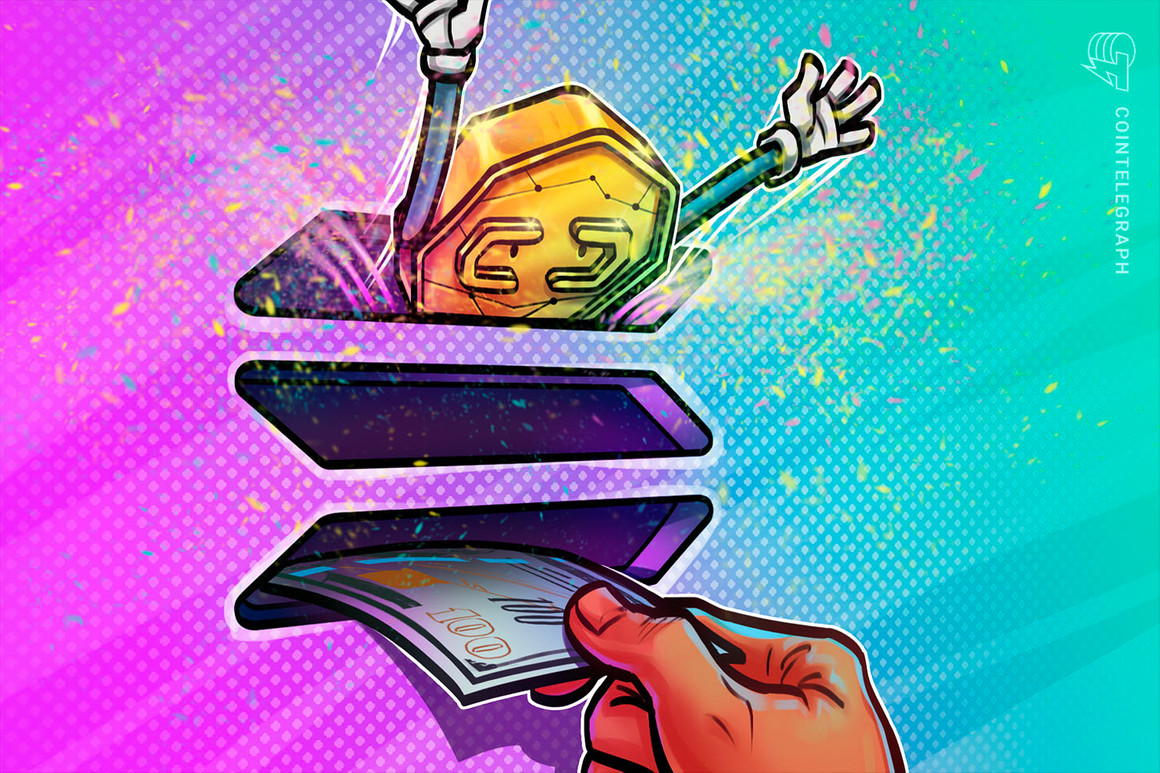Like most new-age networks, Solana was developed to resolve major issues confronting the blockchain industry. While the network has addressed some of
Like most new-age networks, Solana was developed to resolve major issues confronting the blockchain industry. While the network has addressed some of these issues by its very nature. However, it has also encountered a few unique problems.
From resource exhaustion to a halt in block confirmation, the Solana network has suffered a number of setbacks that resulted in repeated power outages, causing the network to shut down for hours on several occasions.
The network went down on December 4, 2020, about three years after Solana was introduced, causing confusion in the community.
The chain appears to have stopped validating new blocks at slot 53,180,900, preventing transaction confirmations. The network engineers discovered and fixed the problem, but it had been down for approximately six hours.
Furthermore, on September 14, 2021, the official Solana Support Twitter handle revealed that the network had been experiencing “intermittent instability” for approximately 45 minutes.
According to the report, resource exhaustion was a likely cause of the issue that resulted in a denial of service. According to the support handle, the engineers were working on the issue and looking into the possibility of a restart if it persisted.
The network recently experienced another outage, making it the seventh time that it has been disrupted. This time, the problem was caused by bots initiating a large number of transactions on Metaplex, a nonfungible token (NFT) marketplace built on Solana. The outage lasted approximately seven hours.
Currently, the Solana validators are being slowed down, according to George Harrap, co-founder of Step Finance — a Solana portfolio manager — because bots are spamming NFT mint and arbitrage transactions. These have immense bandwidth requirements, so a significant number has an impact.
“Solana is not a centralized entity with one person who can make decisions. It’s up to the 1700+ validators to decide what to do. Many of them are implementing fixes and reaching consensus on what is to be done in the best interests of the network,” Harrap told Cointelegraph. He said:
“According to Nansen research, there are often 10-times more transactions on Solana than Ethereum. This means Solana is dealing with demands not faced by other blockchains and this is new territory. So, hiccups are expected.”
While Ethereum’s OpenSea has been one of the most well-known NFT marketplaces thus far, Metaplex, built on the Solana network, is gradually gaining traction and allowing users to mint and sell NFTs on the Solana blockchain.
Given the recent marketplace issue and Solana’s persistent blackouts, however, it would not be surprising if some users begin to reconsider.
Harrap added that “there are currently some validator node updates in the pipeline and under research to fix this. This is mainly in the form of new communication protocols between nodes (like QUIC) and changes to the Candy Machine contract used by NFT minters where failed transactions incur a fee.”
Solana seeks to address the blockchain trilemma
Solana went fully operational two years ago. The network is considered to be one of the Ethereum killers by the crypto community. These Ethereum killers are networks that aim to outperform the Ethereum blockchain in terms of adoption by addressing some issues that have arisen as a result of the Ethereum blockchain’s current heavy reliance on the proof-of-work (PoW) consensus mechanism.
Solana was designed with the blockchain trilemma in mind, a concept proposed by Vitalik Buterin, a Canadian-Russian programmer and co-founder of Ethereum.
According to the blockchain trilemma, while decentralization, security and scalability are the three main features of a successful blockchain, a typical blockchain would only be able to provide two of them while sacrificing one.

The Solana network aims to address this by incorporating a proof-of-history (PoH) mechanism into a proof-of-stake (PoS) blockchain. With PoH, the network delegates a central node to determine a transaction time that the entire network can agree on. This speeds up transactions, but it sacrifices decentralization, which is a key feature of a blockchain.
According to Hisham Khan, founder and CEO of Aldrin, users have turned to layer 2s and other layer 1s like Avalanche as well as temporary solutions to Ethereum. But, it doesn’t really solve the current scalability issues, transaction costs and speed. He told Cointelegraph:
“If you look at the transactions per second, Solana ranks consistently in the top five. To gauge how promising an ecosystem is, look at the number of developers. Unsurprisingly, Solana continues to grow with the most developers joining.”
“Scalability and stress tests are a necessary part of the process to shape the ecosystem to maturity — we are not just dealing with financial transactions but initial DEX offerings, NFTs, bots and much more,” Khan said, “All these issues might not exist in five years. And, just…
cointelegraph.com
